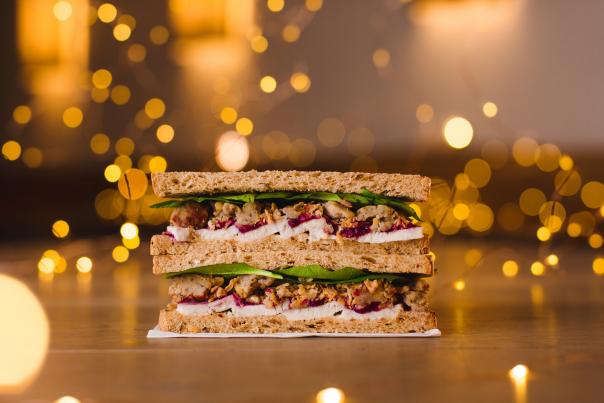
As Christmas approaches, hospitality businesses continue to search for the hottest food and drink items that will take their customers by storm this year.
While it’s a great chance for chefs to try innovative recipes and experiment with seasonal, lesser-known ingredients, the festive period also sees many demand classic favourites.
Quick service and casual dining operators in particular benefit from targeting individual categories – think hot drinks, snacks and desserts – which are always a guaranteed hit with customers. Such items are also some of the industry’s best performers in terms of profit margin, says Revenue Management Solutions’ (RMS) managing director, Philipp Laqué.
Encouraging operators to “get in on the act and ensure their menus are optimised to make a profit this Christmas,” Laqué suggests changes must:
- Be easy to execute
- Enable speed of service during peak times
- Be designed with profitability in mind
- Be described on the menu in an appealing way
Items also need to be priced appropriately and appeal to a mass audience, while seasonal, local produce and using surplus ingredients is a sure-fire way to attract greater custom.
Laqué lists his top tips for maximising menu profitability this Christmas below:
Consistency is key
Operators must react to seasonal changes and reflect the current mood within their offer, but consistency is also a key driver in customer loyalty. Sometimes, diners just want what they came in for and loyalty will thrive when operators achieve that balance.
Menu refreshes and some design changes help keep the brand fresh and relevant, but too many changes over too short a period can confuse customers, and lead them to question the stability of the brand.
Pressure groups
Menu changes can increase profits during one-off occasions (such as Bonfire Night) or to attract crowds in the run-up to Christmas. The key to unlocking the potential at these times is understanding the consumer’s underlying need triggered by the event.
For example, with big Christmas and New Year events, operators are likely to see larger groups. In these circumstances, menus can be optimised by offering special sharing dishes that upsell or promote add-ons.
Chain reaction
Operators must not forget the ingredient supply chain when planning seasonal changes. Prestige Purchasing advises renegotiating at least twice a year (normally in June and December).
Winter is a particularly good time to renegotiate with suppliers, especially if the operator is planning menu changes and can incorporate seasonal flavours and ingredients to take advantage of the variety of foods available.
How much is too much?
Casual dining operators should incorporate seasonal elements into their menu, while keeping classic products as part of the core offer as these are often what make the brand unique. Some businesses even create iconic, limited-edition products, which can really drive traffic (such as Starbucks’ Pumpkin Latte and Pret à Manger’s Christmas Lunch sandwich.)
While simple tips such as listing the most profitable items at the top and bottom of menus, and using interesting description without resorting to jargon, can help, Laqué emphasises that brands must stay relevant in order to maximise seasonal menu profitability: “It’s about helping customers feel the Christmas spirit and making the restaurant their outlet of choice for the season.”